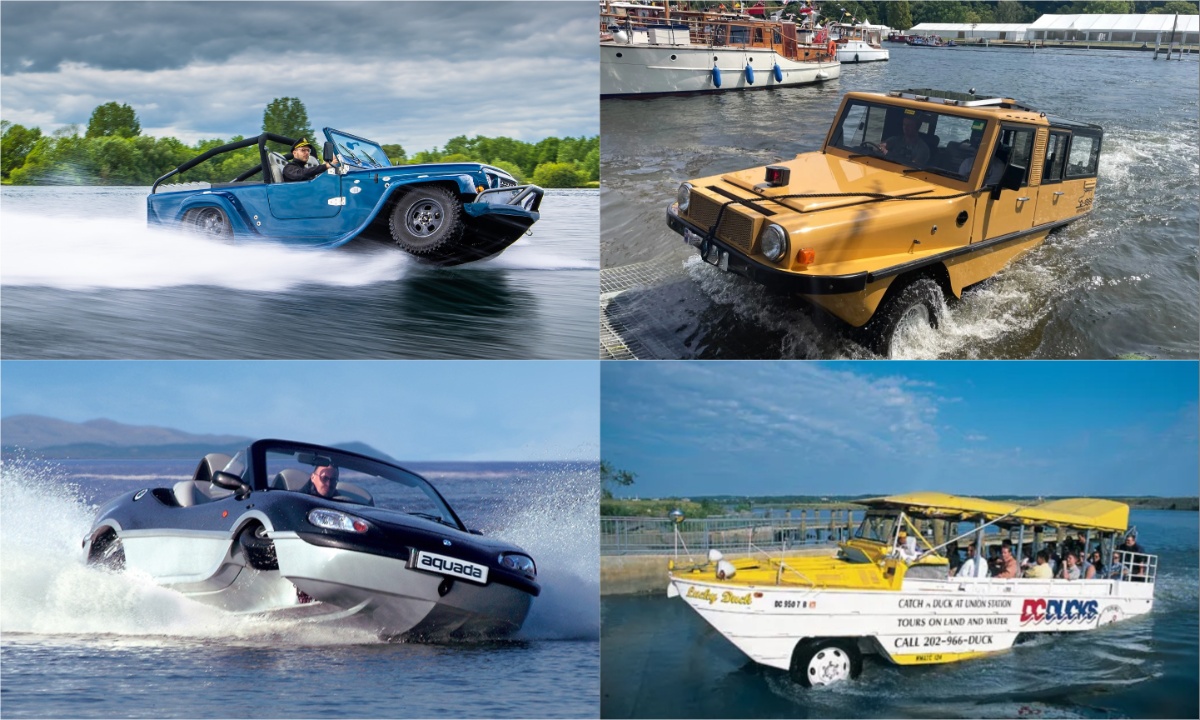Vehicles designed to operate on both land and water offer a thrilling combination of practicality and adventure. These cars seamlessly merge the functionality of traditional vehicles with the rare ability to travel across bodies of water, delivering a unique experience for those who own or use them. From military models to civilian versions, these vehicles have evolved to meet various needs, ranging from emergency situations to recreational drives. In this article, we explore some of the most remarkable dual-terrain cars, each with its own history and distinct features.
1. DUKW: The Military Legend
The DUKW, commonly known as the “Duck,” is one of the most significant amphibious vehicles ever created. Developed in 1942 during World War II, the DUKW was designed for transporting troops and supplies from ships to shore, especially in difficult conditions. Capable of carrying 25 soldiers and two tons of equipment, it became an indispensable asset in amphibious military operations. Although most of these vehicles have been retired, some still serve as tourist attractions, offering unique amphibious rides in cities like London and Boston. The DUKW’s military history and practical utility make it a true icon of amphibious vehicle engineering.
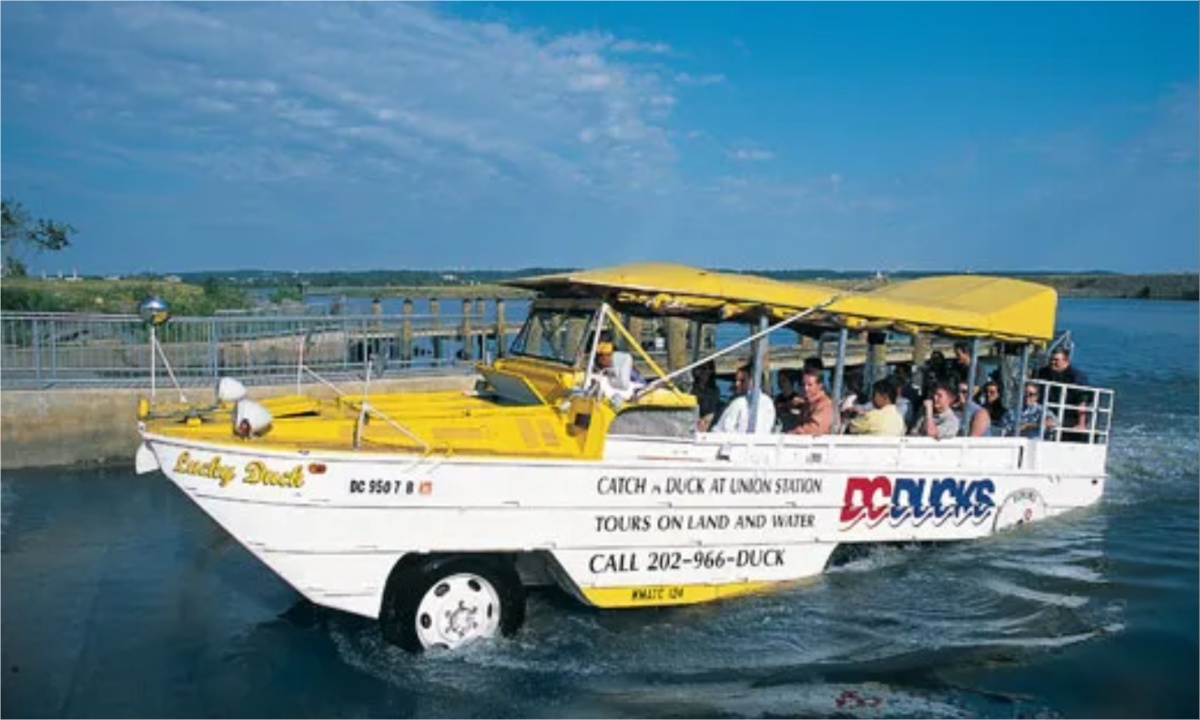
2. Volkswagen Beetle: A Surprising Floater
While not originally built for amphibious use, the Volkswagen Beetle gained a reputation for its ability to float on water. The early models of the Beetle were known to stay afloat for short periods, but they lacked the water propulsion systems found in modern amphibious cars. Over time, the cars began to leak, making them less reliable for water travel. However, the Beetle’s ability to float, combined with its iconic status, makes it a fascinating and quirky example of how a regular car could unexpectedly adapt to water challenges.
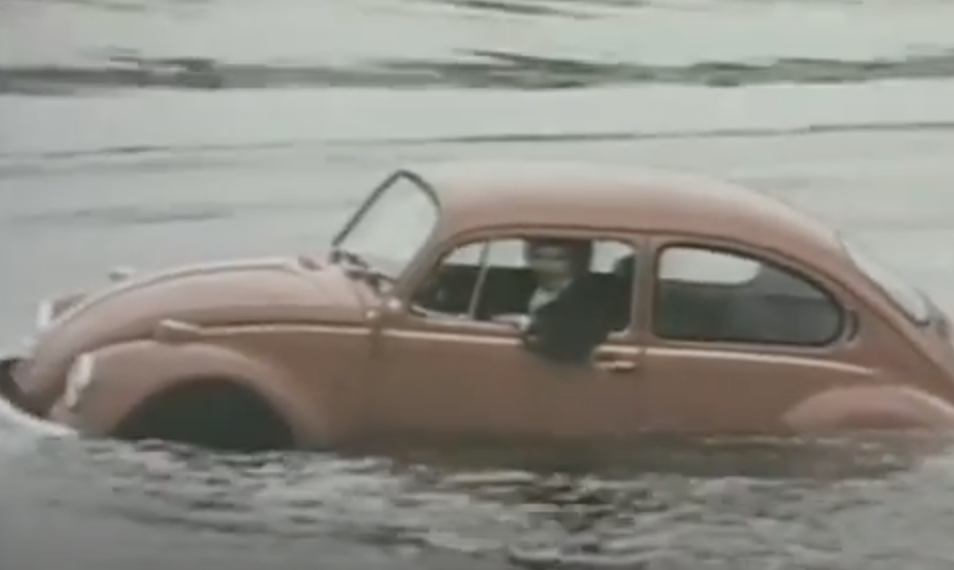
3. Tesla Model S: A Unique Feature
In a surprising turn of events, the Tesla Model S, a luxury electric vehicle, also shares an unexpected characteristic with the VW Beetle—it can float on water! Although not designed for aquatic adventures, the Model S is capable of managing brief encounters with water, such as during floods. While Elon Musk, the CEO of Tesla, advises against using the car in this way unless absolutely necessary, it is interesting to note that this feature could be useful in certain circumstances, like driving through flooded roads. The Tesla Model S demonstrates how cutting-edge technology can offer unexpected benefits beyond its initial design.
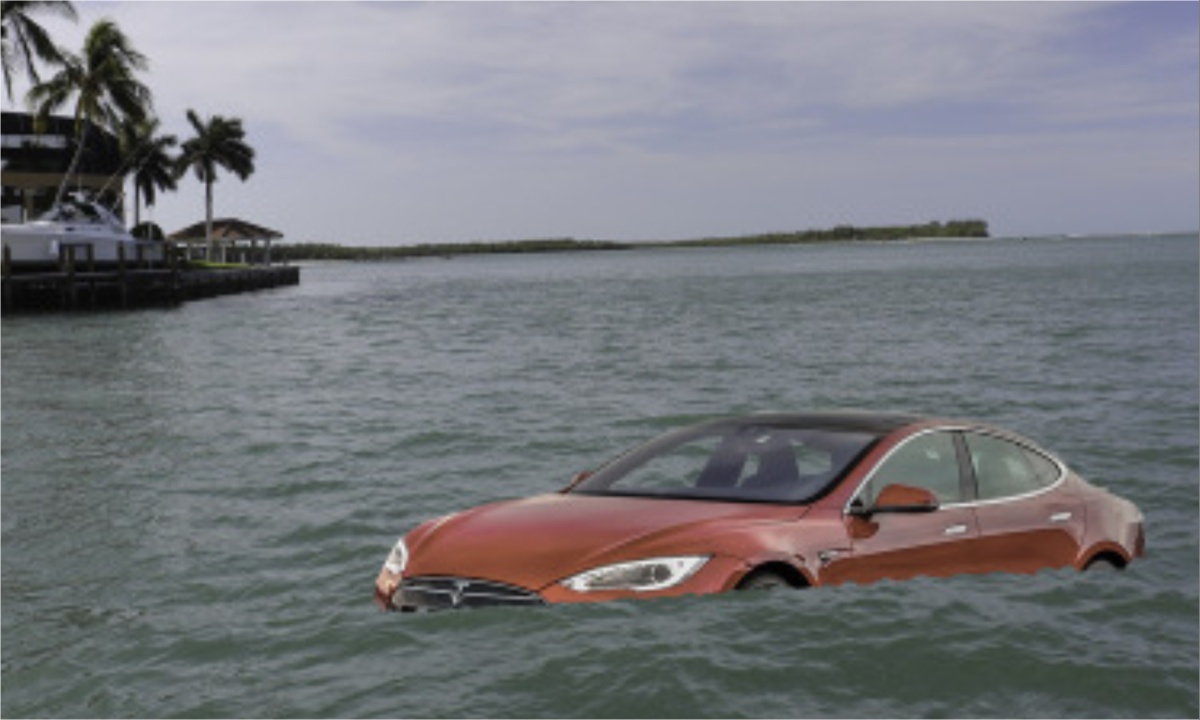
4. FOMM Concept One: Designed for Floods
The FOMM Concept One is an electric vehicle developed with specific attention to regions prone to heavy flooding, particularly in Southeast Asia. Unlike the typical amphibious car, this model was designed with water safety in mind rather than for recreational use. The car’s ability to handle floods with ease makes it a valuable option for areas frequently impacted by water-related emergencies. Though not designed to compete with watercrafts like jetskis, the FOMM Concept One offers peace of mind to drivers in flood-prone areas, combining innovation with practicality.
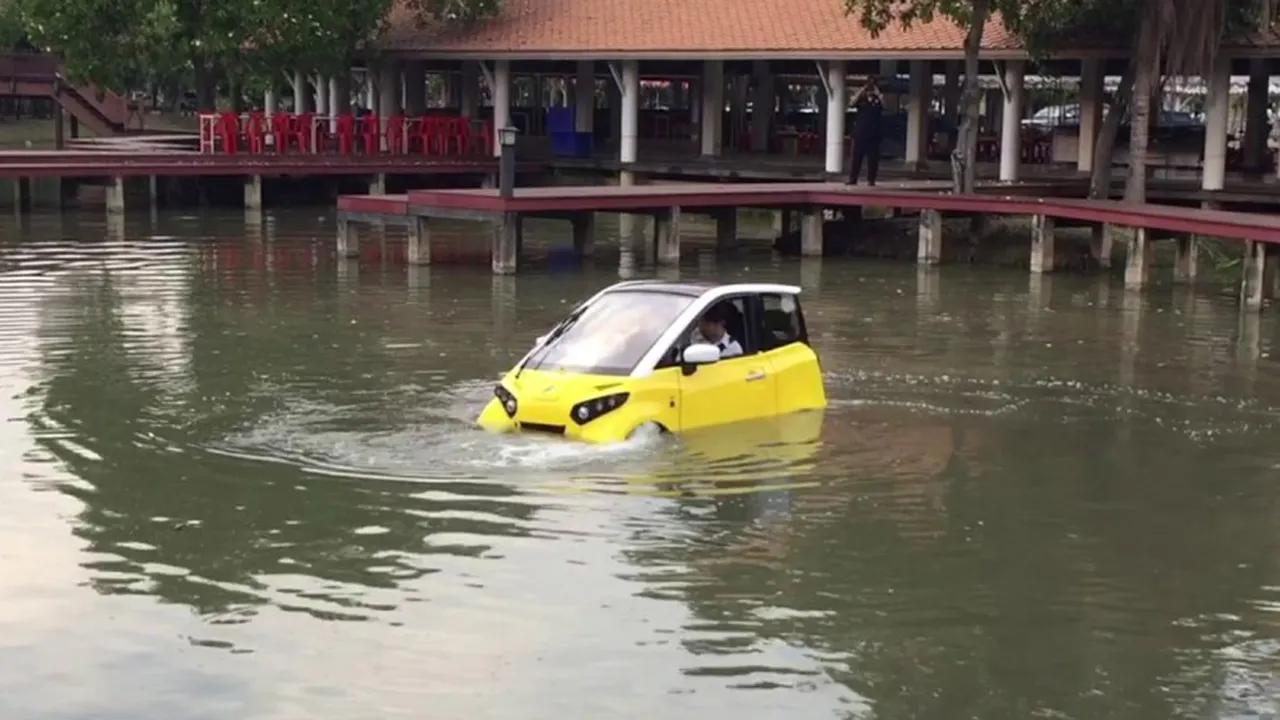
5. Prodrive Watercar Panther: Speed Meets Water
The Prodrive Watercar Panther is a standout when it comes to speed. Capable of reaching 80 mph on land and 43 mph on water, it is one of the fastest amphibious vehicles available. The Panther’s impressive performance on both terrains is a major selling point, attracting enthusiasts who want the thrill of both driving and boating. However, despite its speed, the vehicle has faced reliability issues, particularly on the road. Produced by Watercar, a company that ultimately went bankrupt, the Prodrive Watercar Panther remains a rare vehicle, coveted for its unique ability to perform on land and water at impressive speeds.
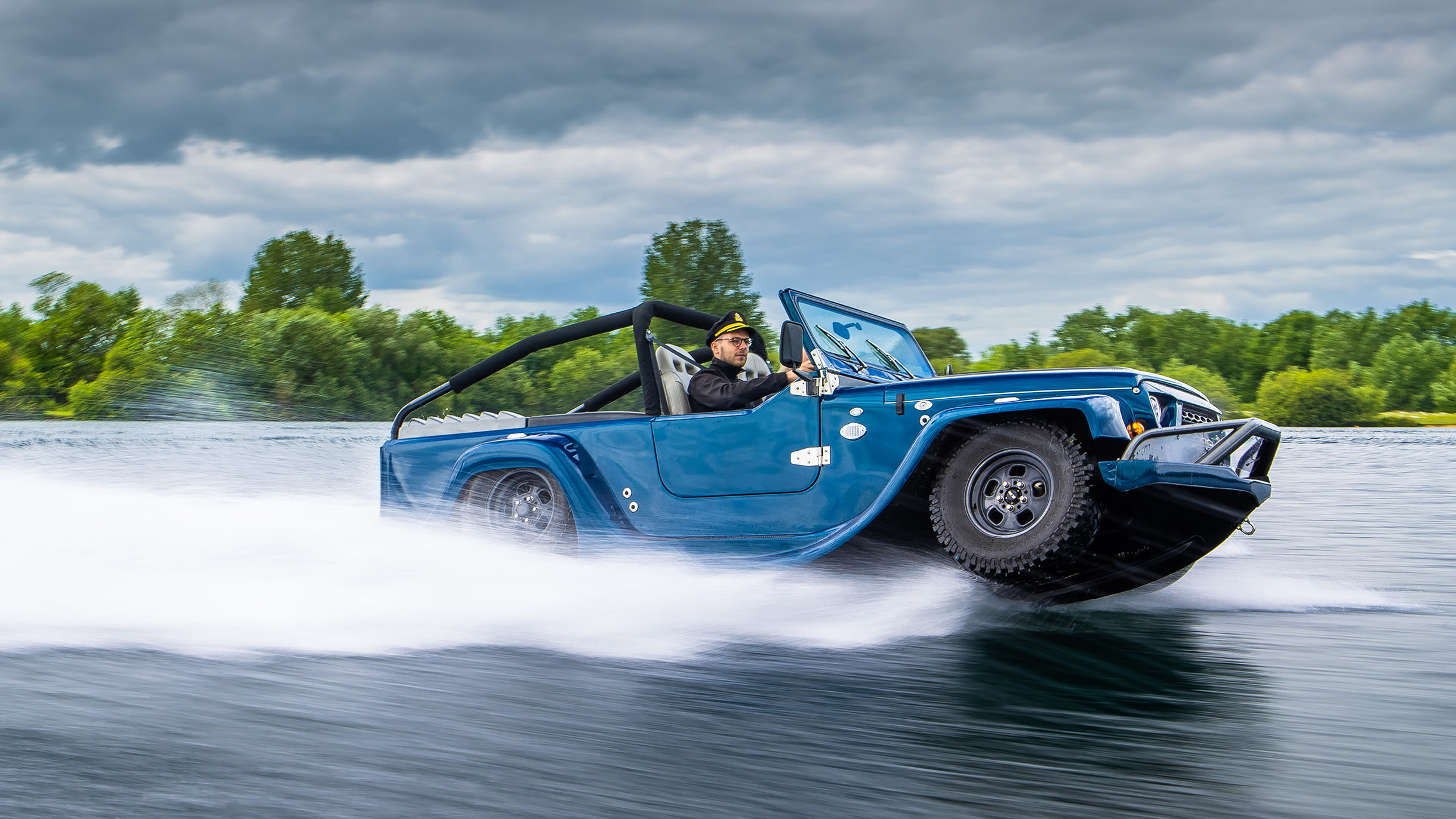
6. Amphicar Model 770: A Classic for the Public
The Amphicar Model 770 is a significant piece of amphibious vehicle history. Produced between 1961 and 1968, it was the first and only mass-produced amphibious car available to the public. Around 3,878 units were sold, making it the most commercially successful amphibious car of its time. Although it faced technical issues such as poor waterproofing, the Amphicar remains a beloved collector’s item. Its legacy continues to influence amphibious vehicle design, and its place in automotive history is secure as a symbol of civilian amphibious transportation.
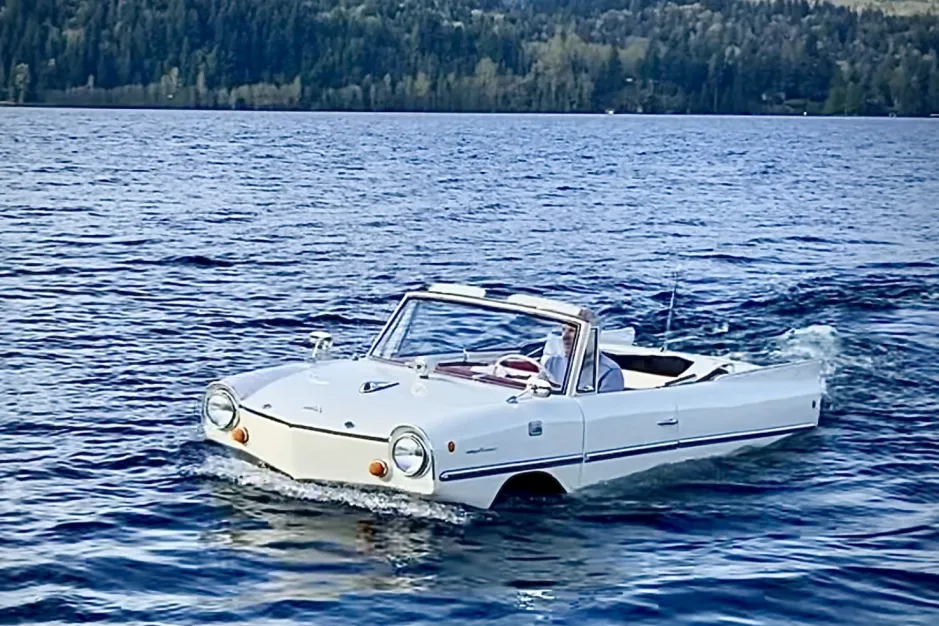
7. Dutton Commander: Built on a Reliable Base
The Dutton Commander, introduced in 1995, is another noteworthy amphibious vehicle, particularly due to its sturdy base. Built using the chassis of the Suzuki Jimny, the Commander was designed to handle both land and water with ease. It was a sibling model to the Dutton Mariner, which was based on the Ford Fiesta. In 2005, the Dutton Commander was upgraded and renamed the “Surf.” Despite its durability and practical design, the Commander did not achieve widespread popularity, and its production remained limited. However, its solid mechanics and amphibious capabilities have earned it a place in the history of off-road and amphibious vehicles.
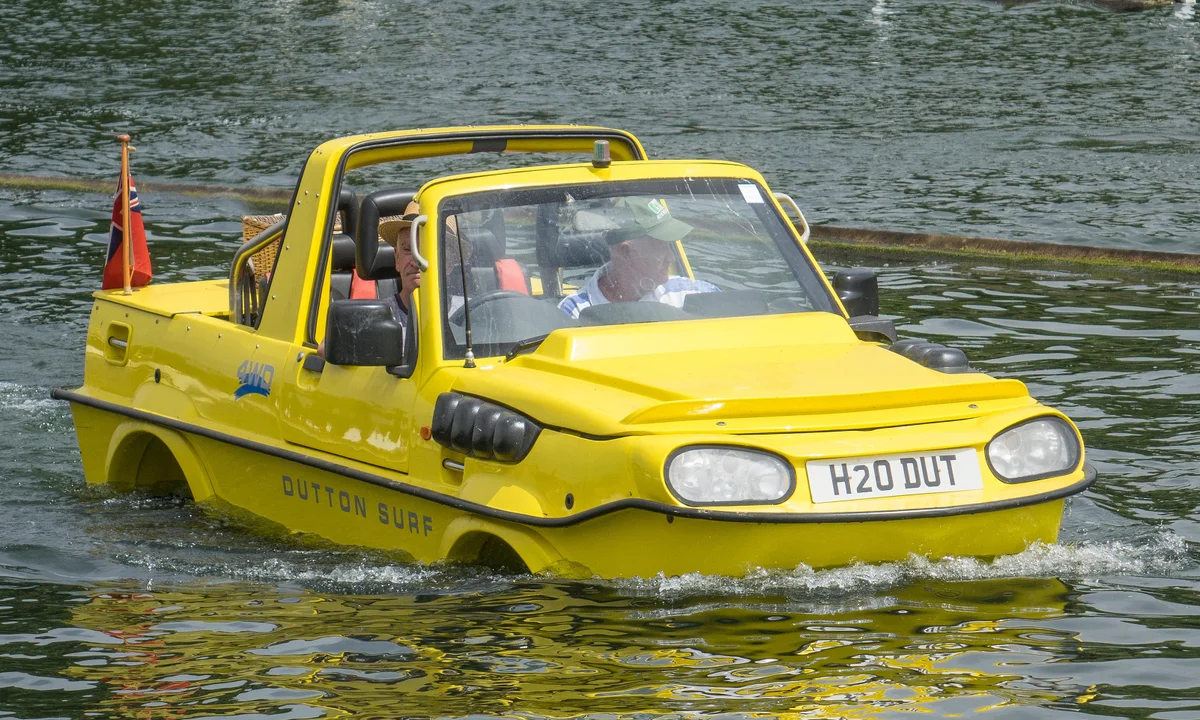
8. Amphi-Ranger: An Expensive, Rare Vehicle
The Amphi-Ranger is an amphibious vehicle that was originally created for use in pipeline maintenance. Built with a safari-style body, it was designed to handle both land and water in rugged conditions. Released to the public in 1985, the Amphi-Ranger was an expensive vehicle to manufacture, which led to its limited availability. Production stopped in 1995 due to high costs, but the Amphi-Ranger remains a rare and interesting vehicle for collectors. Its unique design and purpose make it a fascinating example of a vehicle created for industrial use before being adapted for the consumer market.
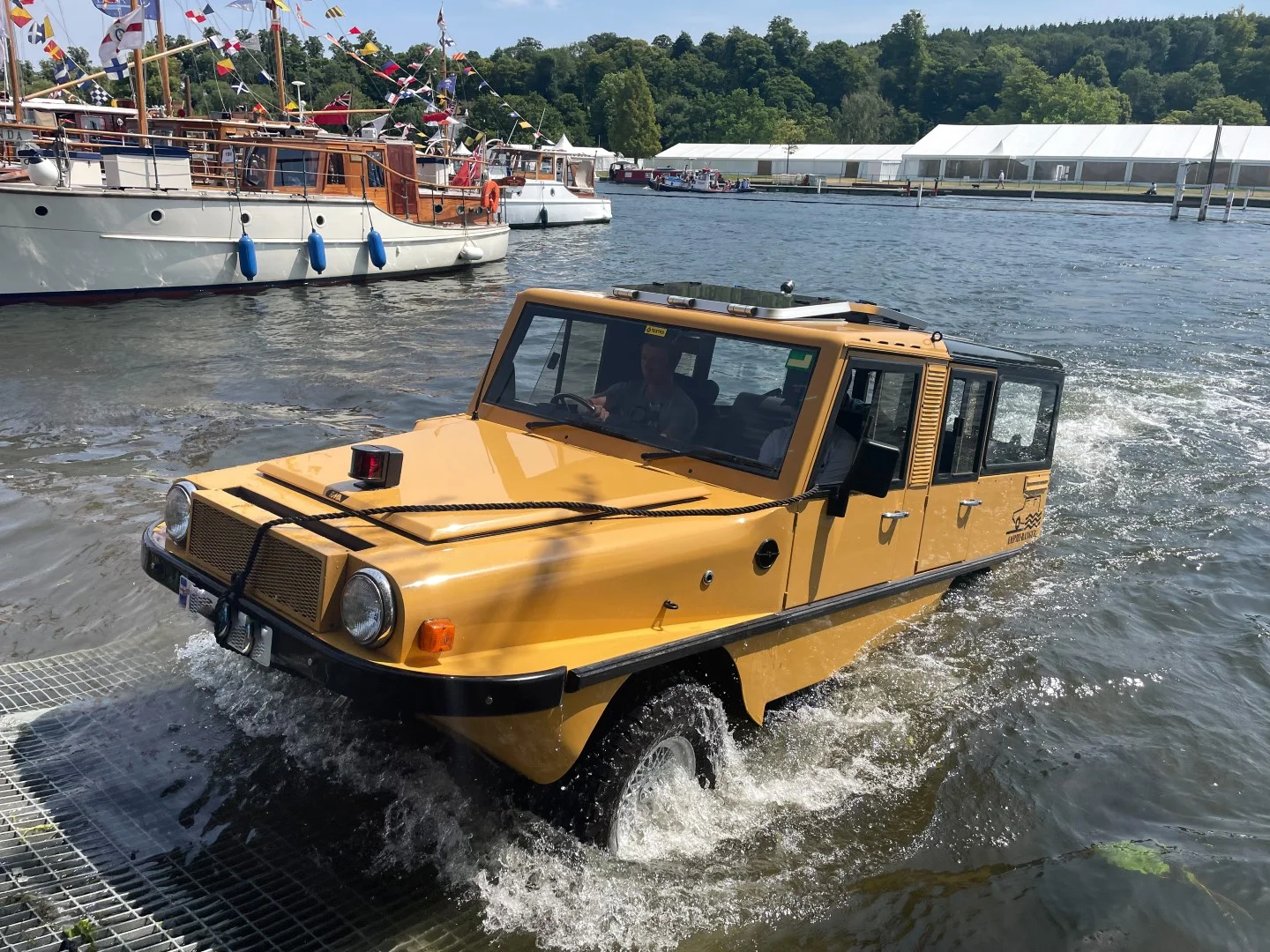
9. Hobbycar: A Short-Lived Experiment
The Hobbycar is a lesser-known amphibious vehicle that was produced in France in 1995. Only 50 units were made before production ceased the following year, making it one of the rarest amphibious cars. Despite its short production life, the Hobbycar was an attempt at creating an affordable amphibious vehicle that could be used for both land and water travel. Unfortunately, high manufacturing costs and limited demand led to the company’s bankruptcy, and the Hobbycar remains an elusive collector’s item.
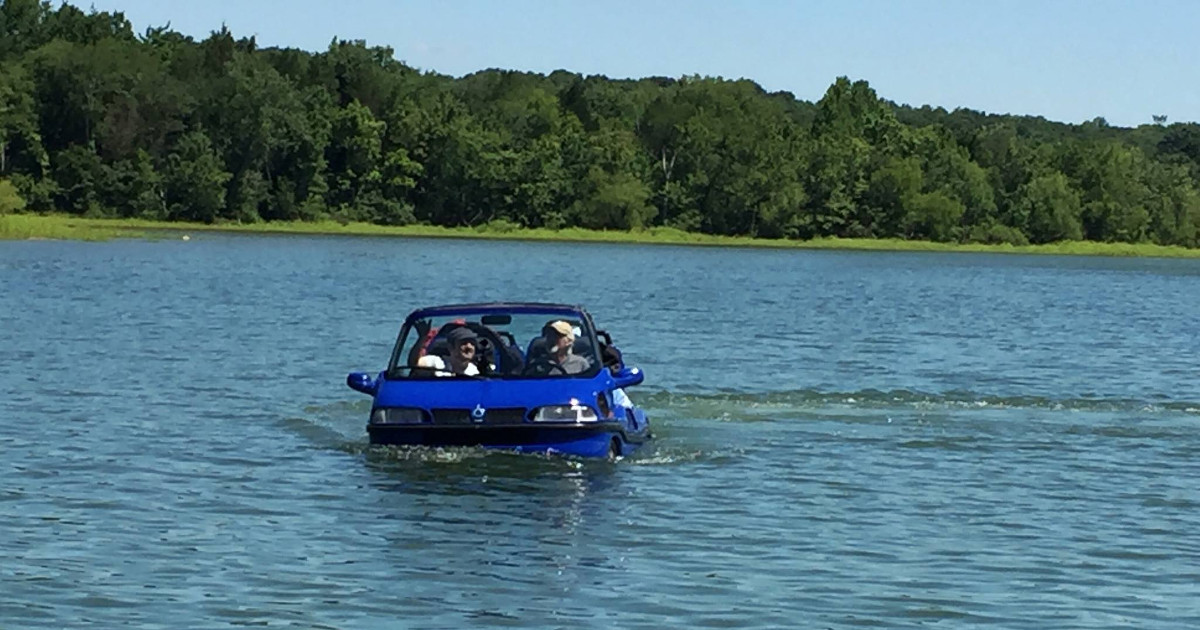
10. Gibbs Aquada: A Technological Marvel
The Gibbs Aquada is one of the most advanced amphibious vehicles ever made. Designed from the ground up as an amphibious car, it is capable of speeds exceeding 99 mph on land and 31 mph on water. The Aquada’s unique design and cutting-edge technology have earned it more than 60 patents, making it a standout in the world of amphibious vehicles. Its performance, combined with its futuristic design, makes it one of the most impressive examples of amphibious engineering, offering both excitement and practicality for those who seek adventure on both land and water.
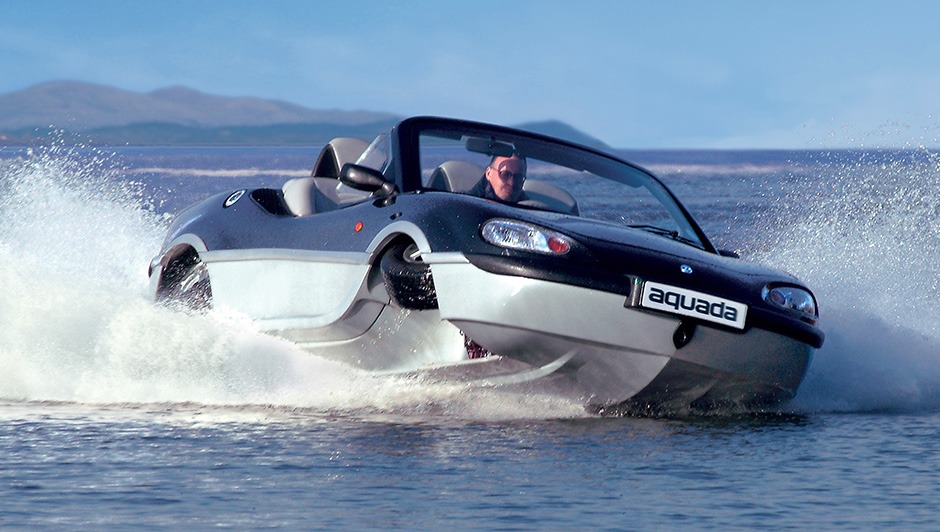
An honorary mention goes to Wet Nellie, the custom-built amphibious car used by James Bond in the 1977 film The Spy Who Loved Me. Based on the Lotus Esprit S1, Wet Nellie was a unique vehicle capable of transforming into a submarine. After filming, the car remained in storage for years until it was rediscovered and sold at auction for a substantial amount. In 2013, Elon Musk purchased Wet Nellie for over £500,000. Its connection to the iconic James Bond franchise and its ability to submerge underwater makes it a memorable piece of cinematic history.
Amphibious vehicles continue to captivate car enthusiasts, adventurers, and collectors. From military models like the DUKW to modern designs like the Gibbs Aquada, these cars showcase the ingenuity behind blending land and water transportation. While some models were intended for specific purposes like military operations or flood management, others have become iconic symbols of innovation. Regardless of their intended use, amphibious vehicles remain fascinating examples of how human creativity has expanded the limits of transportation.

